- Home
- /
- Digitalization
- /
- Top Crypto Wallet Features for…
Introduction
As cryptocurrency adoption grows, so does the demand for secure, versatile, and user-friendly crypto wallets. From investors to developers, everyone needs a wallet that goes beyond storing digital assets. A good crypto wallet should serve as a multifunctional tool, blending cutting-edge features with seamless usability.
Let’s explore the essential features you must look for in a cryptocurrency wallet in 2025.
Why Cryptocurrency Wallets Are Vital
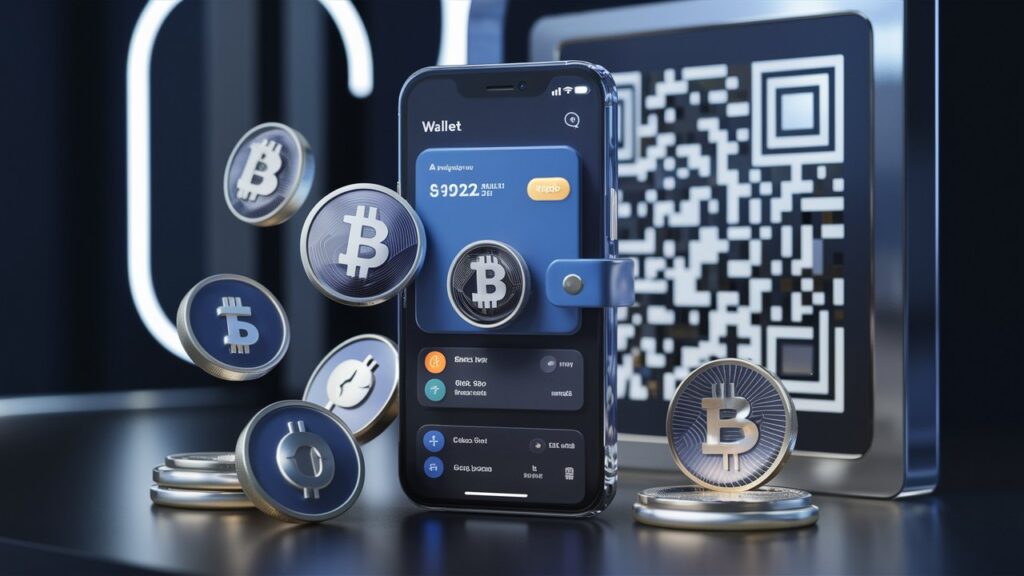
Cryptocurrency wallets act as the gateway to the world of digital assets. Unlike physical wallets, crypto wallets do not store actual coins but serve as connectors to the blockchain through public and private keys.
- Public Key: Think of this as your account number. You share it to receive funds.
- Private Key: This is like your PIN, used to authorize transactions.
Without these keys, accessing or transferring cryptocurrencies is impossible. Additionally, most wallets now generate seed phrases, which act as a backup for recovering access if credentials are lost.
Types of Wallets
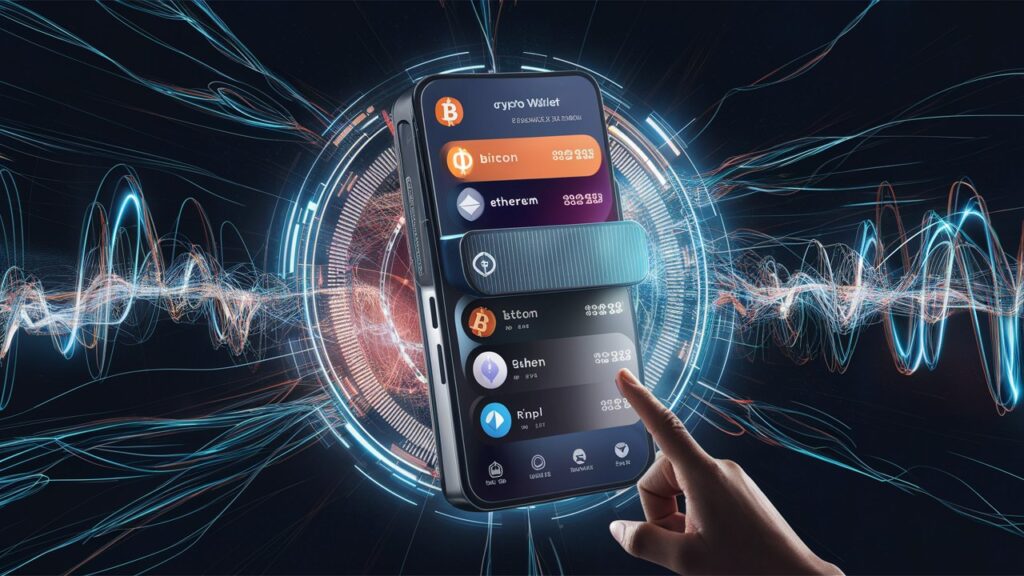
To pick the right wallet, you should know the types available:
- Custodial Wallets: The wallet provider holds your private keys, making them easier to use but less secure.
- Non-Custodial Wallets: You manage your private keys, granting you full control over your assets.
- Hot Wallets: Always connected to the internet (mobile, web, or desktop wallets), offering convenience but at the cost of security.
- Cold Wallets: Offline devices like hardware wallets that prioritize security over accessibility.
Top Features Every Crypto Wallet Needs

Multi-Account Functionality
A great wallet should allow users to create and manage multiple accounts. For instance:
- Separate accounts for trading, NFT activities, and long-term investments.
- Easy exporting of transaction history for tax reporting.
Example
An investor might use one account for trading Ethereum and another for staking Solana. A wallet supporting multiple accounts ensures effortless organization.
User Authentication and Security
In the crypto world, security is non-negotiable. Advanced user authentication methods like multi-factor authentication (MFA) or biometric locks ensure that only authorized individuals access the wallet.
Pro Tip
Look for wallets offering features like anti-phishing protection or integration with secure hardware wallets like Ledger or Trezor.
Multi-Network Support
Crypto wallets should support multiple blockchain networks, enabling developers and enthusiasts to experiment with testnets and private networks.
Use Case
A developer testing their decentralized app (DApp) can seamlessly switch between Ethereum’s mainnet and testnet without needing separate wallets.
Address Book for Frequent Transactions
Frequent traders or businesses accepting crypto payments will appreciate an address book for storing and labeling frequently used addresses.
Real-Life Scenario
Imagine a merchant repeatedly receiving payments from customers. Having their public keys stored and labeled simplifies transactions and minimizes errors.
Importing Wallets
Users should be able to import their wallets easily by pasting private keys or scanning QR codes.
Bonus Feature
Support for popular hardware wallets ensures users can integrate cold storage for enhanced security.
Support for Multiple Cryptocurrencies
With thousands of cryptocurrencies on the market, a wallet that supports diverse coins and tokens is essential.
Example
A wallet enabling users to manage Bitcoin, Ethereum, Cardano, and emerging altcoins from one interface simplifies portfolio management.
Real-Time Conversion Rates
Dynamic conversion rates ensure users stay informed about fees and value fluctuations during transactions.
Added Advantage
Some wallets even allow fiat-to-crypto (on-ramp) purchases and crypto-to-fiat (off-ramp) sell directly through services like MoonPay or Circle.
Push Notifications
Stay updated without constantly opening the app. Notifications can alert you about:
- Incoming or outgoing transactions.
- Price movements of assets in your portfolio.
- Updates and new features in the wallet app.
Auto-Logout for Security
An automatic logout feature prevents unauthorized access during inactivity, ensuring your wallet remains secure even if left unattended.
NFT Support
Non-fungible tokens (NFTs) are revolutionizing blockchain ecosystems. A wallet supporting NFT storage and transactions appeals to collectors and creators alike.
Example
Artists minting NFTs can use a wallet that provides integrated display and transfer options for their tokens.
Beyond the Basics: Usability and Compatibility
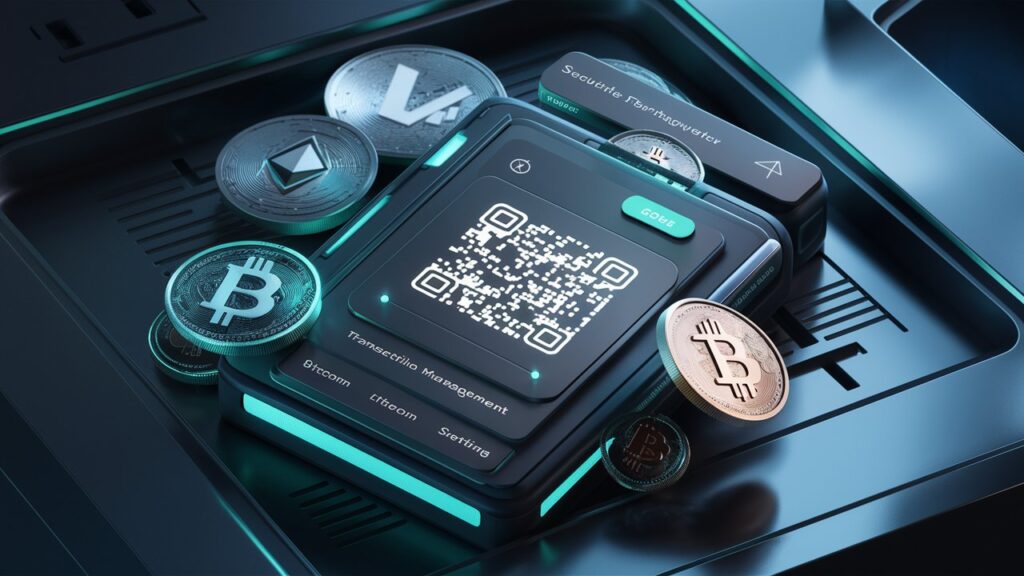
User-Friendly Interface
Not everyone using a crypto wallet is a tech expert. A simple, intuitive design helps onboard beginners while satisfying advanced users.
Cross-Platform Compatibility
A wallet that works seamlessly on mobile, desktop, and web ensures flexibility and convenience.
FAQs About Crypto Wallet Features

Q: Can a single wallet manage both cryptocurrencies and NFTs?
A: Yes, modern wallets like MetaMask and Trust Wallet support cryptocurrencies and NFTs.
Q: Is it necessary to use a cold wallet?
A: For long-term storage or large holdings, a cold wallet is highly recommended for security.
Q: What happens if I lose my private key or seed phrase?
A: Without these, you cannot access your wallet. Always store them securely.
Q: Can wallets integrate with decentralized exchanges (DEXs)?
A: Many wallets now offer integrated DEXs, enabling users to trade directly without leaving the app.
Conclusion
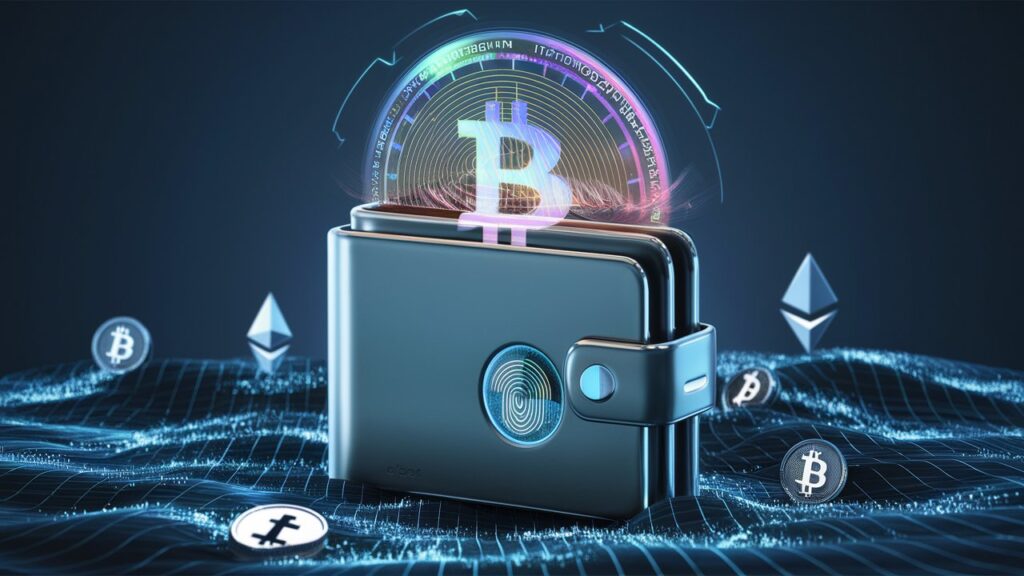
As the crypto industry matures, wallets must evolve to meet users’ diverse needs. Whether you’re a trader, developer, or casual investor, features like multi-account support, robust security, and compatibility with emerging trends like NFTs are critical.
By carefully evaluating wallet features, you can secure and optimize your crypto experience.
Enjoyed this article? Want to discover the top 10 crypto wallets for 2025? Check them out here. Eager to explore more about blockchain and cryptocurrencies? Click here to dive deeper. Interested in the evolution of the World Wide Web from Web 1.0 to Web 3.0 and beyond? Explore it here.





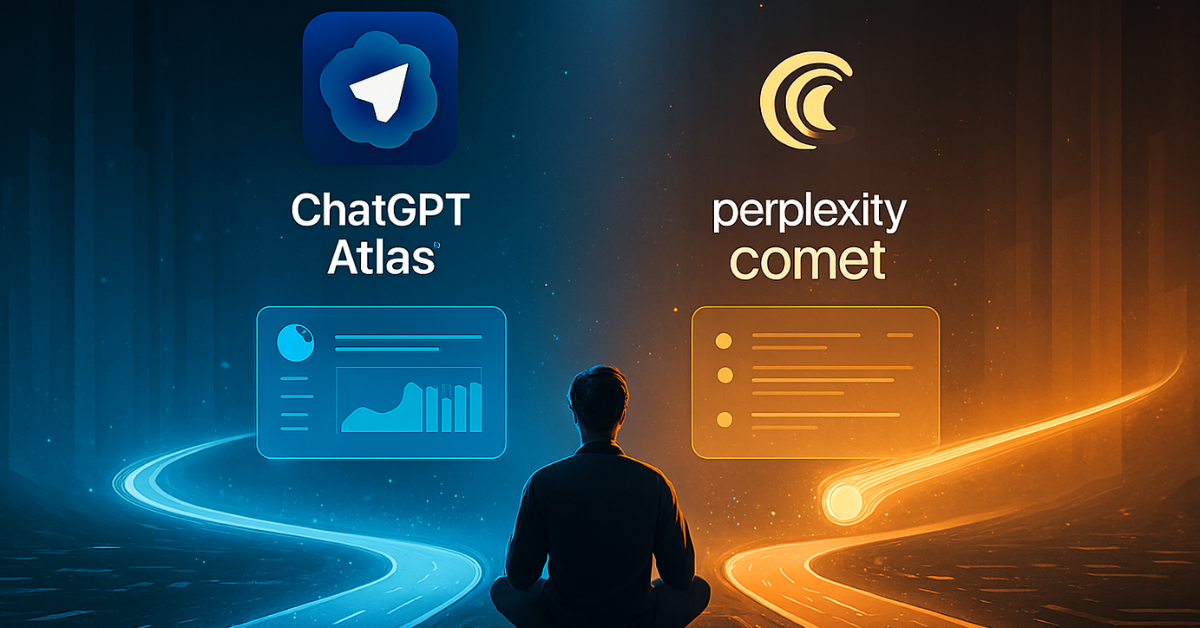
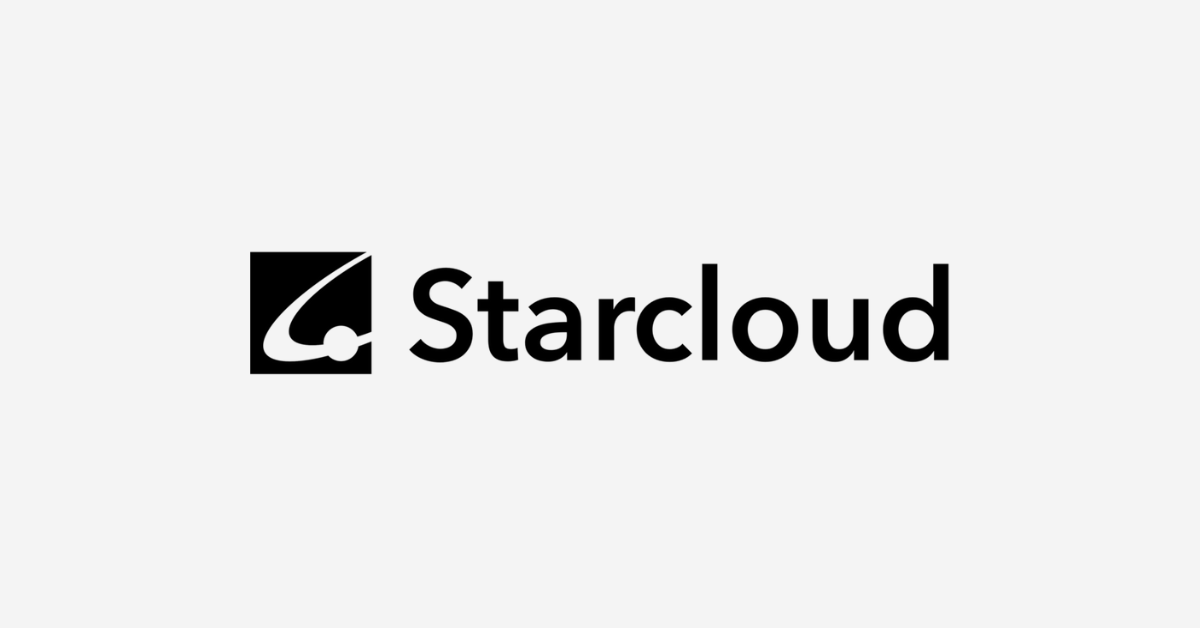



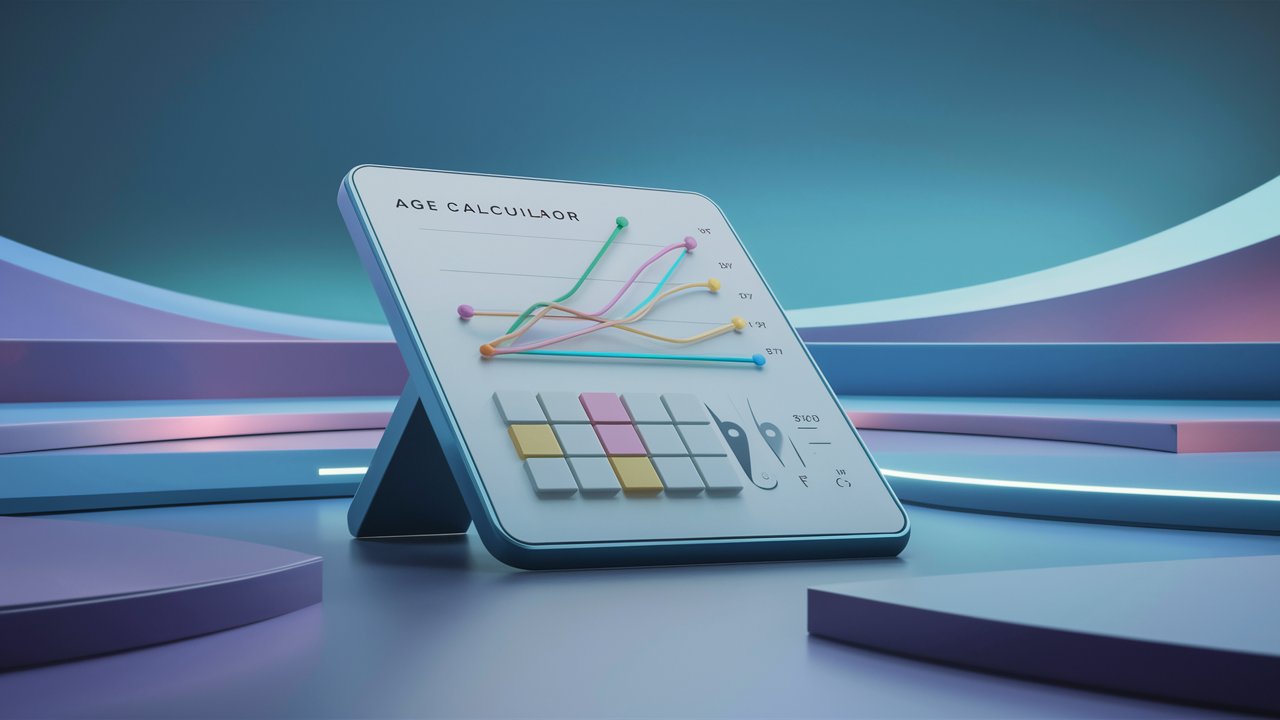

Leave a Reply